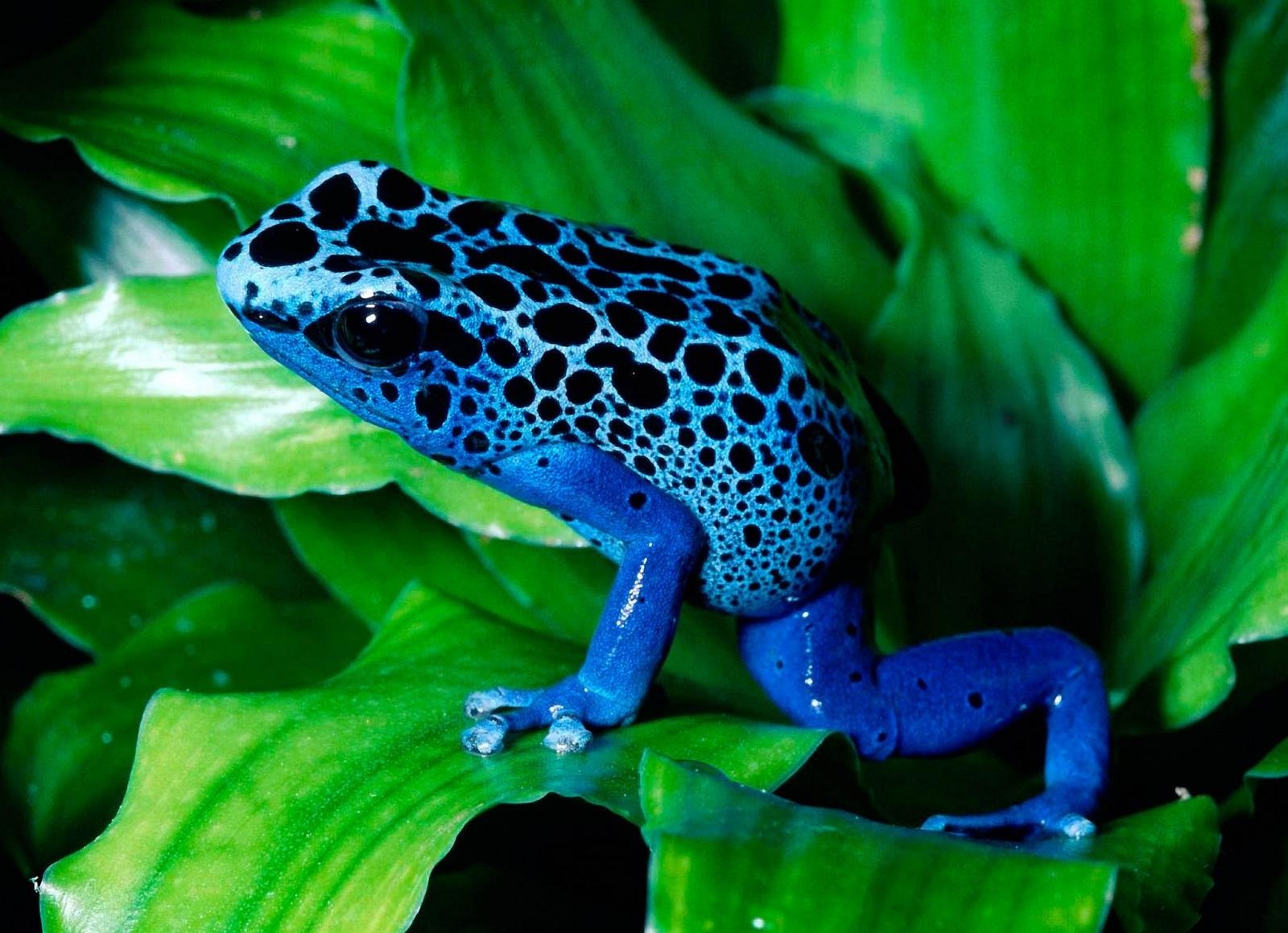It is said that Monet saw what animals can see and you can’t, he saw the world in a quite extraordinary way, he saw it with his “own eyes” something essential to develop any of the arts and find your own style, which tells the world that you are something exceptional. And he was, he was one of the creators of impressionism and his works marked a before and after.

What the animals can see and you can’t, but Monet did manage to see
From this moment on there was a subtle change in his paintings, which after the operation deepened in the blue palette. This led experts to think that Monet might be able to perceive and see, in a very vague way, the ultraviolet spectrum.
In nature, bees, birds, reptiles and other animals have additional pigments in their eyes that allow them to have ultraviolet vision. UV vision fulfills a specific function for each species.
Bees, for example, use it to see specific colors and patterns on plants to guide them to nectar. Deer use ultraviolet light to detect polar bears, which in visible light blend in with the white of the snow.
But, a normal human eye responds to the electromagnetic spectrum of light at a wavelength between 390 to 750 nanometers.
Our retina contains cells capable of detecting wavelengths below 290 nm, but the lens blocks anything below 390 nm.
Monet, not having a crystalline lens, would perceive waves below 290nm, a condition that would allow it to see the ultraviolet spectrum. And hence the change in his paintings.
Of course, this theory is speculative, since Monet is dead and cannot be proven. But the researchers argue that it could be possible that Monet’s style changes were due to the eye ailments he suffered with age.







